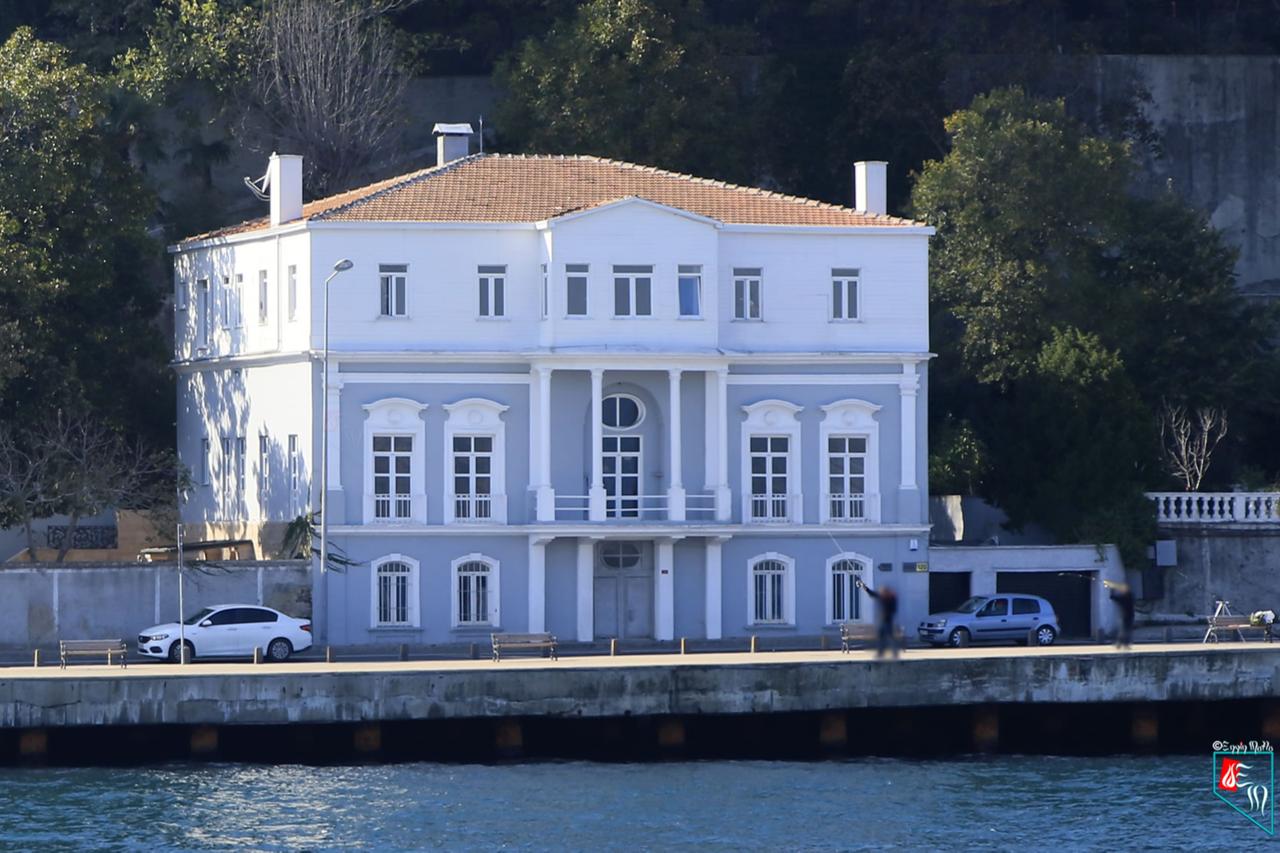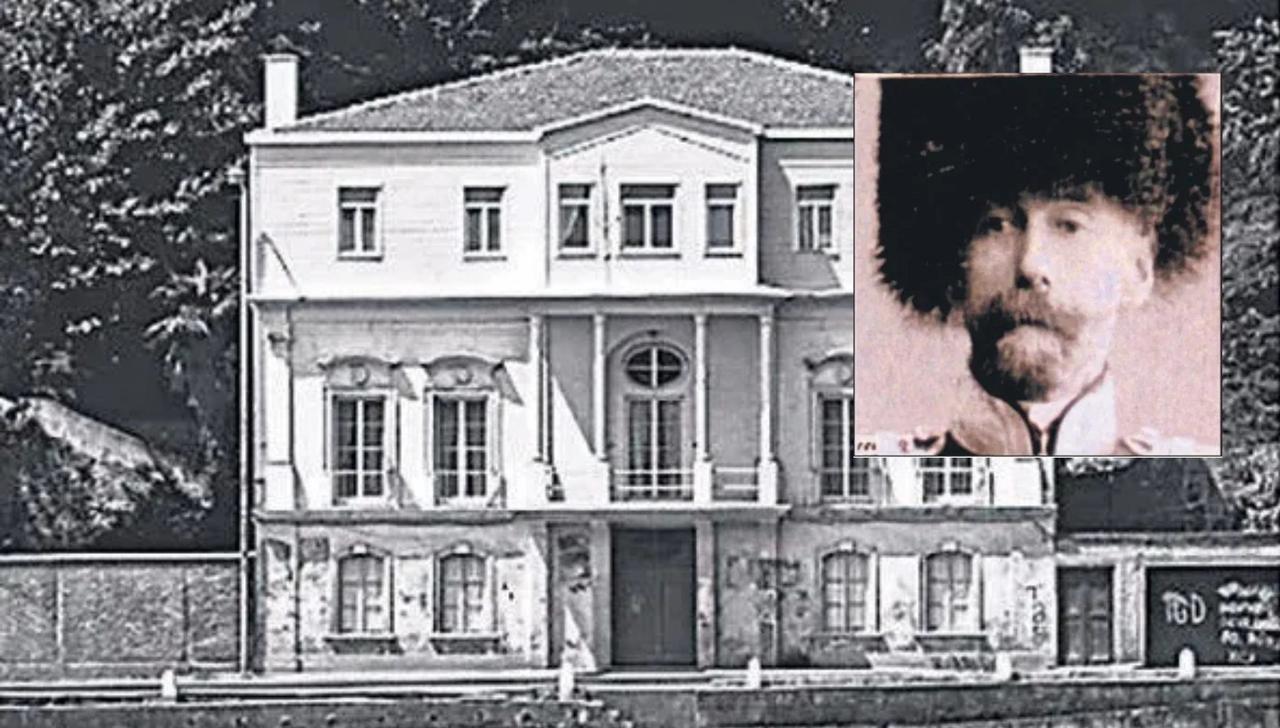
A nearly 200-year-old mansion on the Bosphorus in Tarabya, along with its 10-decare estate, has been awarded to the heirs of Nikola Isvecin, a 19th-century employee of the Russian embassy, following a protracted 17-year legal dispute.
The property, considered one of the most valuable estates along the Istanbul shoreline, has a rich history intertwined with the Ottoman Empire, European diplomatic missions and modern Turkish law.
Its story begins in 1841, when Heme Landevoisin, the daughter of Madam Yakome and wife of Monsieur Leon Auguste Landevoisin—a lawyer and translator at the French Embassy—purchased the mansion from Hristaki Efendi, a Greek-Ottoman landowner. This acquisition marked the start of the mansion’s European ownership during a period when the Ottoman Empire’s Tanzimat reforms encouraged foreign investment and property ownership along the Bosphorus.
In 1868, the mansion changed hands when it was sold to Nikola Isvecin, a Russian embassy employee, for 400,000 kurus (coins). Isvecin, who later died in Istanbul in 1903, used the mansion personally until his death, after which it was leased to the Russian embassy under a formal Ottoman decree, serving as housing and a guesthouse for embassy staff. Importantly, the property was never officially registered in the name of the Russian state, despite its long-term diplomatic use.

Following Isvecin’s death in 1903, records initially indicated that he left no heirs. The estate remained under the Russian diplomatic mission for decades, even as Russia underwent significant political transformations, including the 1917 revolutions, the establishment of the Soviet Union in 1922 and the eventual formation of the Russian Federation in 1991. Despite these changes, a 1950 cadastral survey confirmed that the property was still registered in Isvecin’s name.
In 2004, the Turkish Treasury initiated legal proceedings seeking the transfer of the estate to the state, arguing that Isvechin had died without heirs. Concurrently, the General Directorate of Foundations claimed the property based on historical registration under the Sultan Bayezid Foundation. The Russian Federation also submitted a claim, citing its long-term diplomatic use.
After extensive examination of Ottoman-era decrees, international legal documents, and genealogical evidence, the Istanbul Civil Court of First Instance ruled in favor of Isvecin’s heirs. The court formally recognized Cedric and Aurelie Lecomte Isvecin, along with Jean Ivan Isvecin, as the legal owners of the property.
All other claims, including those from the Treasury, the Foundations, and the Russian Federation, were dismissed. The estate’s estimated market value is approximately ₺1.5 billion ($35.68 million) .